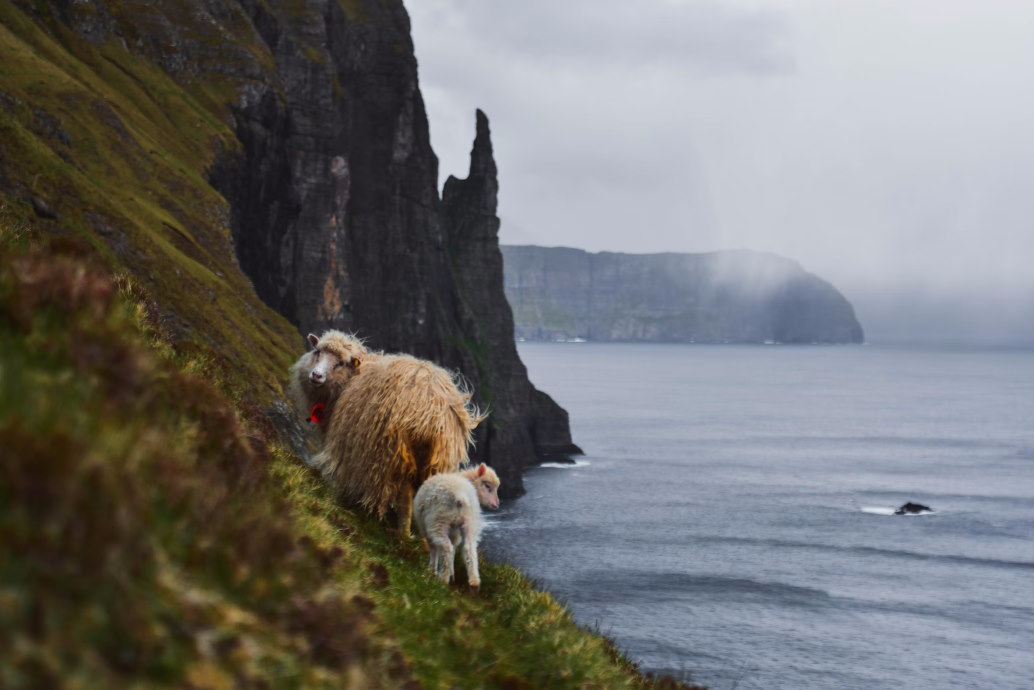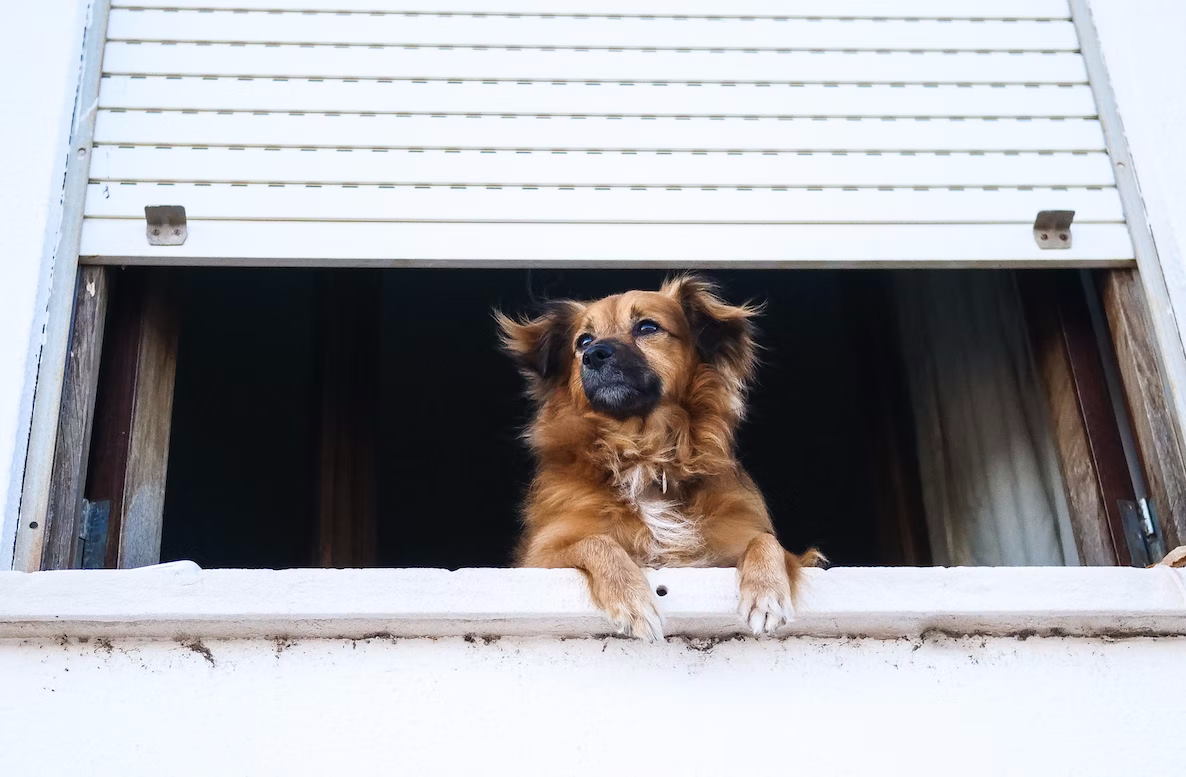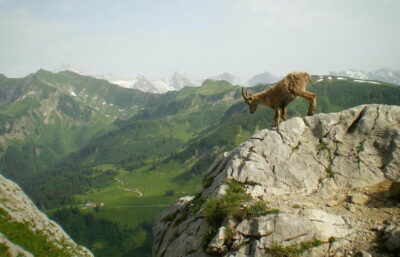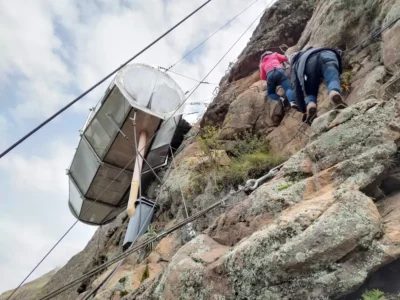We know that acrophobia is one of the most common phobias experienced by humans. You might be wondering, though, whether it’s possible for our friends in the animal kingdom to suffer from a fear of heights. In this article, we explore what’s known about animals and their interactions with heights and use it to determine if some species do indeed experience acrophobia.
Fear in animals
One thing we do know for sure is that animals experience fear. Just like us, they have an in-built fear response as part of their survival instinct. Of course, the ability to experience fear isn’t proof that animals can have phobias, but it certainly suggests that the potential is there.
If animals are able to develop irrational fears (like phobias), they would likely be caused by at least one of the following factors:
Evolutionary
A potential cause of acrophobia in humans is that it is an evolutionary response that was never unlearned. Our ancestors, for example, would have needed to feel a sense of caution around steep drops in order to avoid high numbers of death by falling.
Animals also have instincts that keep them safe from predators or other sources of danger. When these mechanisms are successful, it allows the species to thrive and evolve. For some, their evolutionary traits actually ensure that they do not have a fear of heights. We can safely say that mountain goats and spiders, for example, do not suffer from acrophobia.
A mountain goat’s natural habitat is made up of steep, uneven terrain. If they had acrophobia it would significantly limit their ability to hunt, shelter or procreate. They have therefore developed traits that ensure they do not fear heights or falling:
Mountain goats have cloven hooves with two toes that spread wide to improve balance. Rough pads on the bottom of each toe provide the grip of a natural climbing shoe. Mountain goats are powerful but nimble and can jump nearly 12 feet in a single bound.
National Geographic
To discover animals that have acrophobia, then, we should narrow it down to those species which are not built to navigate such conditions.
Learned

A lot of phobias in humans are learned. That is, we develop them as a result of witnessing someone influential in our lives displaying extreme responses to certain triggers. The same could be true of animals. If a baby elephant witnesses its mother cowering or bolting at the sound of a poacher’s gun, for example, they may grow up to develop a fear of loud noises.
Animals can also learn not to fear something. Consider the mountain goat again—a baby mountain goat is usually on its feet within 24 hours of birth and is likely to see its mother traversing cliff edges with ease. As a result, it should know not to fear them.
This leads us to a related cause of fear development: exposure, or a lack thereof. If animals are not used to a particular object, setting or action, they may be wary of it. This wariness can range from slight caution to complete avoidance. Evidence of this is witnessed in animals raised in captivity or shelters. When they are released into the wild or adopted, there is an adjustment period where they (hopefully) learn how to interact with an environment that is unfamiliar to them.
Trauma
Another major cause of phobias is trauma. If you have a traumatic experience, you may develop intense fear around specific features that were present. This can even happen in scenarios where the brain has blocked any memory of the event itself.
Such behaviour has been identified in animals that have experienced abuse. They may flinch at certain smells, avoid particular objects or show extreme distress in response to seemingly minor actions.
Fear symptoms in animals
It can be very hard to tell what an animal is thinking or feeling. When it comes to fear, though, there are a few tell-tale symptoms that are triggered by this emotion. Many of them match the fear response of humans. We can split these symptoms into two groups:
Physiological:
- Increased heart rate
- Fast, shallow breathing
- Sweating
- Shaking
- Urination
- Defecation
Behavioural
- Yawning
- Avoiding eye contact
- Scratching
- Hiding
- Licking lips
- Flattened ears
- Wide eyes
- Tail tucked under body
Can we determine whether animals have phobias?

It’s important to note that all findings about animal behaviour, no matter how well-researched, come with a certain amount of conjecture. We must bear this in mind when exploring phobias in animals.
There are experiments that have been conducted on both humans and animals that have implications for the question of whether multiple species can experience a fear of heights. The most well-known of these is Gibson & Walk’s Visual Cliff Experiment (1960).
Lessons from the visual cliff
The visual cliff experiment involved young infants being encouraged to move across a raised, glass platform. One half of the platform, where the infant was initially positioned, was covered with an opaque chequered pattern. The other half (referred to as ‘the deep side’) was completely transparent, allowing the infant to see the floor below the platform.
The aim of the experiment was to test whether young infants had an innate sense of depth perception. It asked the question: are we born with the ability to see depth, or is it something we learn as we develop? The researchers proposed that if the infants refused to cross the clear glass section of the platform, then they could conclude that depth perception is an innate ability. This was the case with 92% of the babies.
After performing the experiment with human babies, the researchers moved on to chicks, lambs and kids (baby goats). The results showed that depth perception is not unique to infant humans:
No chick, lamb or kid crossed to the deep side. When the deep side was suddenly lowered, the animals froze into a defensive position. Even with repeated experience of this procedure, the animals did not learn that it was safe to stand on the glass.
The findings of the Visual Cliff Experiment suggest that not only can many species perceive depth from a young age, but that they also know to show caution around it. Many people have taken it upon themselves to test the theory on their own pets. As you can see from the video below, the results still hold true in many cases:
This implies that there is an awareness that falling from a height is dangerous, which, in turn, may mean that some animals could develop a fear of heights.
Do pet owners hold the answer?

It would require a lot of time and resources to test whether animals in the wild can suffer from acrophobia. As a result, we have little to no information on whether these species show any signs of acrophobia. One group we can turn to for answers, though, is pet owners.
As it turns out, many dog owners report that their canine companions display a fear of heights. This reveals itself in behaviour including a refusal to use stairs, or acting distressed around sheer drops. You can see examples of this in the accounts below:
When we moved into our new house, (…) we quickly became aware that Cindy [Dan’s dog] was afraid of heights. She got up the stairs okay, but when [it] came to coming down, she would simply stand at the top [of the] flight, look down, and whimper.
Dan, Petdogowner.com
I get up into the attic and look down through the hole and see Zara [Kait’s dog] with panic in her eyes because she can’t get to me. I decided to go down and bring her back up with me. She was doing fine at first [but] then got curious (…) that’s when she approached the opening and looked over the edge. She was terrified! (…) She wanted absolutely nothing to do with the opening (…) That’s when I realized Zara had a fear of heights (…) Animals having common phobias had never even crossed my mind until that day (sic).
Kait Cherry on Quora
I just moved into a 3rd floor apartment today. My 8 yr old yellow lab is fine going up and down small flights of stairs, but I had a little difficulty getting him into the apartment. Now he is terrified to go outside. Won’t step into the balcony and runs into the apartment when he sees the stairs (sic).
Reddit user MeanTato
The fact that so many stories like this can be found on the internet suggests that it is possible for dogs to suffer from acrophobia.
Do animals get acrophobia?
Due to our inability to effectively communicate with animals, we’ll never be able to know with complete certainty if animals get acrophobia. However, the observations of pet owners, along with our knowledge of fear symptoms in animals, suggests that members of certain species do indeed experience acrophobia.



